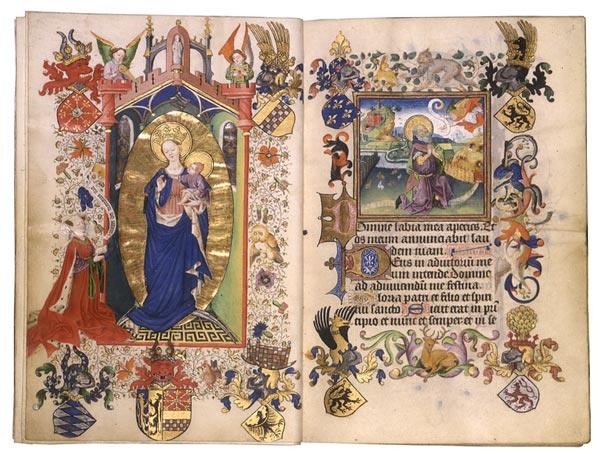God and Gutenberg (0-1450)
Summary:
Since 0 BC, the written word has progressed from manuscript bibles to the invention of printing and typography. In the second century, parchment, prepared animal skin, was invented in Pergamon, Turkey. Parchment was less translucent than papyrus, meaning it could be written on both sides, unlike papyrus which could only be written on one side, but it was more expensive than papyrus so even after parchment was invented, the Romans still used papyrus. However, even though papyrus was cheaper, papyrus scripts were being replaced by codices in the second century. Codices (“codex” for singular) were any manuscripts or books that were created before printing was invented- everything in the book was written by hand. Many codices were related to religion as Christianity was taking over the Pagan religion and this conversion led to many decorative books. These include the St. Cuthbert Gospel, Book of Hours, and Celtic Psalter. In the twelveth century, Fabriano, Turkey, was the centre of paper-making in Europe. They learned how to make paper from learning from Chinese paper-makers who were kidnapped along the Silk Road and brought to Turkey.
Soon, printing came into play. Wooden blocks were used to print- just as the Chinese did with their wooden relief printing blocks- block books, broadside keepsakes, and playing cards. In the 1440s, Johan Gutenberg came up with the idea of using moveable type. The moveable type consisted of letters that could be put together in any order for print. Again, the Chinese had already accomplished this- a man named Bi Sheng invented types that could be glued together to print and by using a “lazy Susan-ish” idea, he could find the right types.
Continue reading “Survey 2: So What Were Those Christian Books About?”

